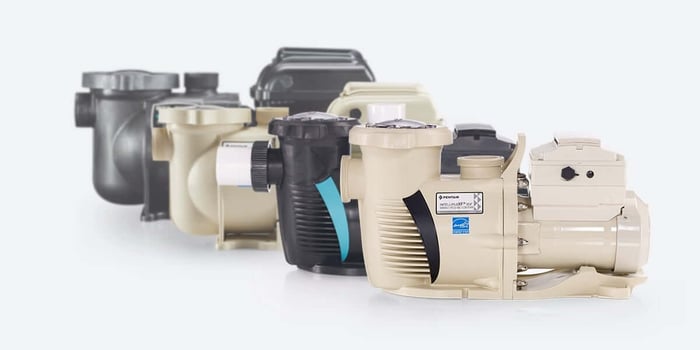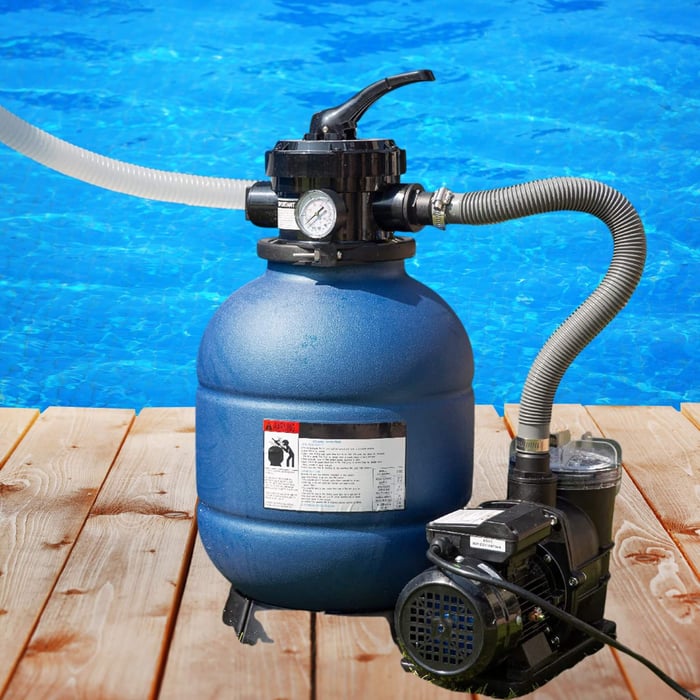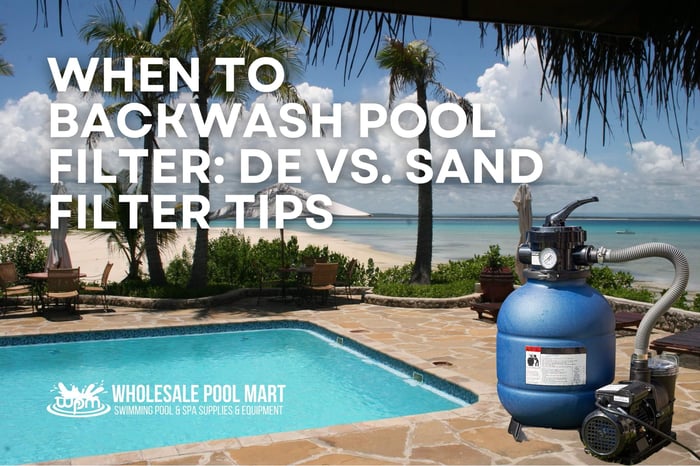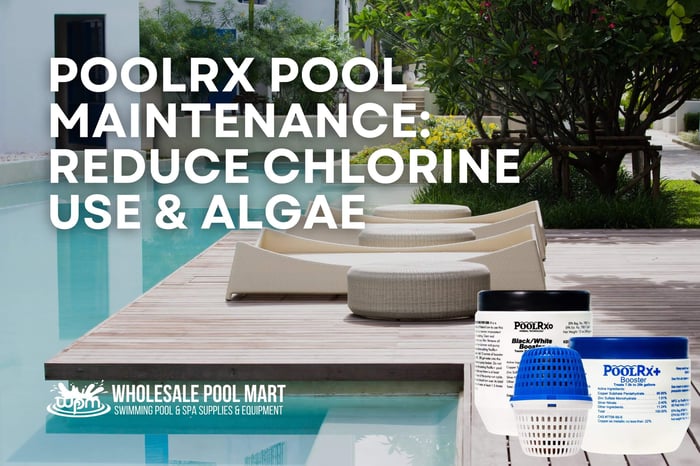Pool pump leaks are one of the most overlooked issues in routine pool maintenance—but they shouldn’t be. A slow drip or small puddle around your equipment pad can quickly turn into major water loss, circulation problems, or a burned-out motor if left unchecked. Whether you’re running a Pentair WhisperFlo, Hayward Super Pump, or Jandy FloPro, this guide will help you identify where your leak is coming from and show you how to stop it before it becomes a costly repair.
Why Do Pool Pump Leaks Happen?
Every pool pump is made up of multiple seals, gaskets, and connection points that age and wear out over time. In climates with seasonal changes or high UV exposure, rubber components like O-rings and lid gaskets can dry out and crack. Plumbing unions can shift or loosen slightly from vibration. And if your pump runs frequently—or was recently opened up for service—there’s always a chance something wasn’t sealed quite right.
Common leak points include:
Shaft seal – When this internal seal wears out, water can leak between the motor and the pump housing. It’s one of the most common causes of pump leaks and often shows up as water beneath the motor.
Lid gasket – This seal keeps the pump basket airtight. If the O-ring is compressed or brittle, water may seep or air may be pulled into the system.
Union fittings – These connections are easy to assemble and disassemble, but they’re prone to leaks if over-tightened or misaligned.
Seal plate bolts or volute cracks – Leaks here usually come from age, overtightened bolts, or pressure stress.
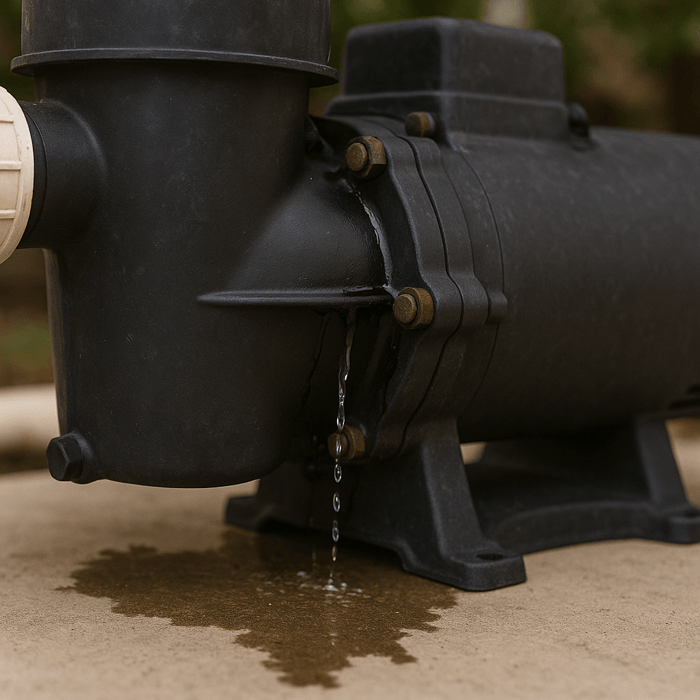
How to Spot the Signs of a Leak
Even if you don’t see dripping water, subtle clues can reveal a leak:
Air bubbles in the pump basket or return jets
White scale or salt stains at connection points
Noise – Whistling, growling, or choppy motor sounds may indicate water or air intrusion
Sudden pressure changes on your filter gauge
Increased water loss even when evaporation doesn’t explain it
Try this: dry the pump with a towel, run it for 5–10 minutes, and inspect closely with a flashlight. Look for water collecting at the base, drips on the plumbing, or shine on gasket seams.
Need Pump Replacement Parts for Pools? Don’t Guess—Use the Part FinderNot every lid gasket or shaft seal is universal. Your pump model might have slight size differences that make off-the-shelf parts incompatible. That’s where the Replacement Parts Search Tool on our homepage comes in handy.
Just plug in your equipment type, brand, and model, and the tool will bring up a clickable diagram of your exact pump. You’ll be able to select and order matching shaft seals, O-rings, pump gaskets, and union kits without needing to know exact part numbers.
Final Thoughts: Pool Pump Leaks Are Easy to Miss—Until They Aren’t
Left alone, even a small pool pump leak can lead to serious damage—not to mention wasted water and increased energy costs. Most of the time, fixing it is as easy as replacing one or two inexpensive parts. But catching it early is key.
Use our homepage tool to identify your exact pump and see the full breakdown of compatible parts. It’s the easiest way to fix the problem right the first time—and avoid overpaying for the wrong parts.

